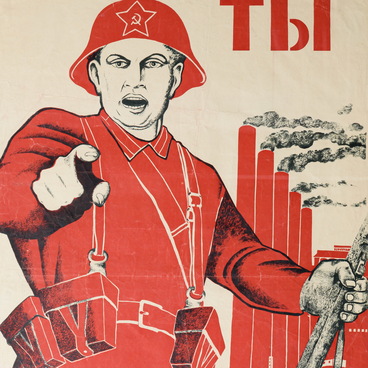Resolution No. 1882 of the Council of People’s Commissars of the USSR from July 18, 1941 introduced a rationing system to provide the population of Moscow, Leningrad and a number of cities and suburban areas of the Moscow and Leningrad regions with bread and food (meat, fish, fats, cereals and pasta).
On September 1, 1941, the rationing of bread, sugar and confectionery products was introduced in 197 cities and work settlements. On September 10, the rationing system was established in a number of cities and work settlements of the Novosibirsk and Irkutsk regions, as well as Ordzhonikidze Krai.
On September 15, cards for bread, sugar and confectionery were introduced in a number of settlements of the North Ossetian ASSR. On October 1, the residents of several cities and work settlements of the Chuvash ASSR and the Arkhangelsk region could buy bread, sugar and confectionery products using cards. At the beginning of October, such ration cards were introduced in all cities and work settlements of the Kalinin region and the Crimean ASSR, in some settlements of the Voronezh Region, the Krasnoyarsk Territory, the Tatar and Checheno-Ingush ASSR, as well as the Kazakh SSR.
By Government Decree No. 2148 from October 19, 1941, on November 1, ration cards were introduced for the entire population of 42 main industrial and administrative centers of the country. The same decree established norms for the supply of meat, fish, fats, cereals and pasta for certain groups of the population: factory and communication workers, workers of special enterprises (who worked in the defense industry), dependents and children under 12 years of age. By November 10, 1941, the card system was in place in almost all urban settlements of the country.
To eliminate lines, the entire population was assigned to specific bakeries and grocery stores, the number of which significantly increased. However, the closed distribution system remained the main form of supply to the population during the war years.
By the decision of the Soviet government, on February 19, 1942, workers’ supply departments were formed by factory administrations at factories and transport enterprises, whose activities significantly affected the rationing system. In particular, the relative share of rationed goods in the entire goods turnover of the country more than doubled.
The Soviet Union became one of the first countries in Europe to abolish the rationing system in 1947.
On September 1, 1941, the rationing of bread, sugar and confectionery products was introduced in 197 cities and work settlements. On September 10, the rationing system was established in a number of cities and work settlements of the Novosibirsk and Irkutsk regions, as well as Ordzhonikidze Krai.
On September 15, cards for bread, sugar and confectionery were introduced in a number of settlements of the North Ossetian ASSR. On October 1, the residents of several cities and work settlements of the Chuvash ASSR and the Arkhangelsk region could buy bread, sugar and confectionery products using cards. At the beginning of October, such ration cards were introduced in all cities and work settlements of the Kalinin region and the Crimean ASSR, in some settlements of the Voronezh Region, the Krasnoyarsk Territory, the Tatar and Checheno-Ingush ASSR, as well as the Kazakh SSR.
By Government Decree No. 2148 from October 19, 1941, on November 1, ration cards were introduced for the entire population of 42 main industrial and administrative centers of the country. The same decree established norms for the supply of meat, fish, fats, cereals and pasta for certain groups of the population: factory and communication workers, workers of special enterprises (who worked in the defense industry), dependents and children under 12 years of age. By November 10, 1941, the card system was in place in almost all urban settlements of the country.
To eliminate lines, the entire population was assigned to specific bakeries and grocery stores, the number of which significantly increased. However, the closed distribution system remained the main form of supply to the population during the war years.
By the decision of the Soviet government, on February 19, 1942, workers’ supply departments were formed by factory administrations at factories and transport enterprises, whose activities significantly affected the rationing system. In particular, the relative share of rationed goods in the entire goods turnover of the country more than doubled.
The Soviet Union became one of the first countries in Europe to abolish the rationing system in 1947.



